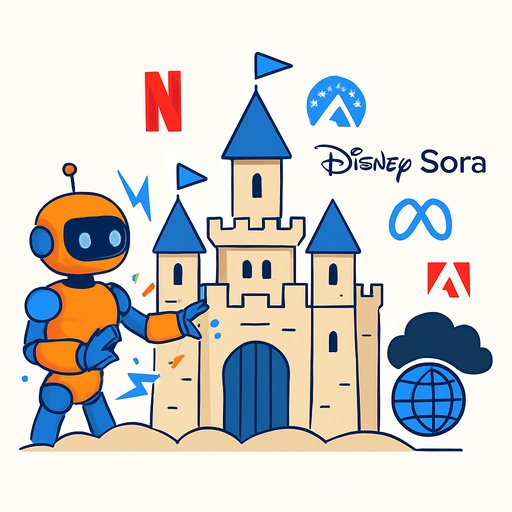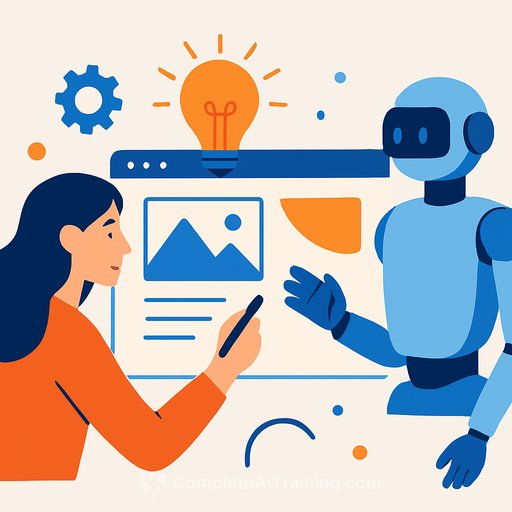Cinema in AI Flux: Insights from a Filipino Filmmaker
At a recent AI festival hosted by the Department of Science and Technology, a UP Visayas professor and film director shared his experience blending traditional filmmaking with artificial intelligence. His story was less about flashy tech and more about how AI can become an unexpected creative partner—sometimes stubborn, sometimes brilliant.
The filmmaker behind the indie finalist Love Child discussed how AI helped him create keyframes for 71 sequences in his film, totaling over 3,000 attempts. This process required patience and adaptability, much like teaching or community work, where outcomes often vary from initial plans. He described AI as a moody genius that offers treasure on some days and junk on others.
Stages of Working with AI in Film
- Precise replication: Crafting very specific prompts to get exact visuals, which often resulted in distant matches to his vision.
- Guided exploration: Using broader prompts to allow AI more freedom, yielding richer and sometimes unexpected results.
- Productive deviation: When the AI misunderstood instructions but sparked better creative ideas.
- Serendipitous discovery: Rare moments when AI produced magic, like finding a missing puzzle piece.
- Creative synthesis: Combining elements from various AI outputs to build a cohesive image, similar to pooling community resources.
At every stage, the balance between control and accident shaped the creative outcome.
AI’s Strengths and Limitations in Filmmaking
AI excels at generating quick visual montages—imagine dancers, fields, and classrooms—without expensive equipment. This opens up possibilities for filmmakers outside big cities and for schools creating documentaries without costly stock footage.
However, AI struggles with consistency, emotional depth, and sustaining story rhythm. For example, keeping a character’s face consistent across scenes is nearly impossible. The director compared this inconsistency to “palit-ulo”—a Filipino classroom joke where the person presenting suddenly changes mid-presentation.
These limitations highlight a crucial point: AI can assist but not replace the human soul of cinema. The emotional core and cultural nuances must come from lived experiences, not algorithms. Local details like the sound of Hiligaynon or the feel of an Iloilo sunrise can't be generated from text alone.
Working with AI Requires Humility and Adaptability
“Prompt engineering,” or the skill of instructing AI, is about more than just writing precise commands. It demands patience, openness, and creativity—qualities familiar to anyone managing a team, directing a play, or leading a community meeting. Sometimes what seems like a mistake—such as a warped hospital corridor—can be repurposed creatively, like representing a disorienting dream sequence.
The filmmaker emphasized that AI is like an inexperienced assistant: resourceful but lacking emotional judgment. Left to its own devices, AI produces visuals that might be pretty but empty. The artist must guide the AI, shaping it around the story rather than letting the technology dictate the narrative.
The Takeaway for Creatives
AI offers access and new tools for creators, especially those working with limited resources. But success depends on discipline and storytelling instincts. Thousands of AI-generated frames taught the filmmaker more about his craft than any perfect single image ever could.
This balance between control and openness applies beyond filmmaking—whether you're holding a camera, chalk, or managing community resources. The tools may change, but the heart of the story remains constant.
For creatives interested in exploring AI tools and techniques further, resources on prompt engineering and generative art offer practical guidance.
Your membership also unlocks:






